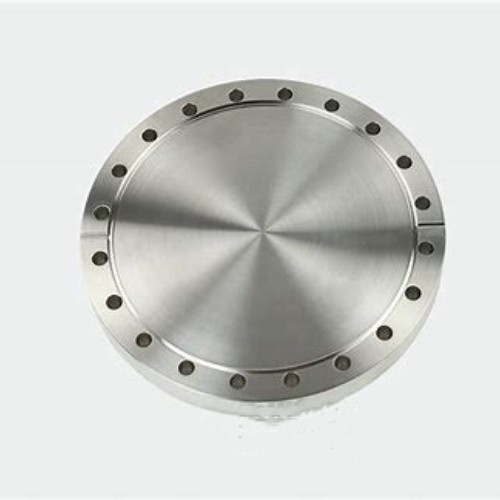Angle Type Globe Valve for Efficient Flow Control Solutions
Understanding Globe Valve Angle Type
Globe valves are essential components in various piping systems, primarily used for regulating fluid flow. Among the different types of globe valves, the angle type has garnered attention for its unique design and functionality. This article delves into the features, advantages, and applications of angle type globe valves.
What are Globe Valves?
Before diving into the specifics of angle type globe valves, it is essential to understand what globe valves are. A globe valve is a type of valve used for controlling the flow of a fluid through a pipeline. They are designed in a spherical shape, with an internal baffle that allows the fluid to flow in a straight line. This design facilitates easier flow regulation, making globe valves suitable for throttling purposes.
Angle Type Globe Valve Design and Construction
The angle type globe valve is distinguished by its body design, which typically features a 90-degree angle between the inlet and outlet. Unlike standard globe valves, where the flow path is straight, the angle type valve reorients the flow direction, which can significantly affect the fluid dynamics within the system.
The body of an angle type globe valve usually consists of two halves that are bolted together, forming a chamber that houses the disc and seat assembly. The seat is positioned within the valve body and is typically made from materials that withstand corrosion and wear, such as stainless steel. The disc, which is disc-shaped, is responsible for sealing the valve and can either lift or lower, depending on the valve's configuration.
Advantages of Angle Type Globe Valves
1. Space Efficiency The angle configuration allows for a more compact design, which can be advantageous in systems where space is limited. This design helps save horizontal and vertical space by eliminating the need for additional fittings or bends.
globe valve angle type

2. Reduced Pressure Drop Due to the flow path being more direct compared to standard globe valves, the angle type globe valve can reduce pressure drops within the system. Maintaining a lower pressure drop translates to improved system efficiency and reduced energy costs.
3. Excellent Flow Control Angle type globe valves provide excellent flow regulation. The design allows for finer adjustments when controlling fluid flow, making them ideal for applications that require precise modulation of the flow rate.
4. Versatility These valves can be used in a wide variety of applications, from water distribution systems to steam and gas pipelines. Their ability to handle different types of fluids, including corrosive substances and high-temperature media, makes them incredibly versatile.
5. Ease of Maintenance The design of the angle type globe valve allows for easier maintenance and repairs. The accessible arrangement of components simplifies the process of replacing seals or the valve itself, thereby minimizing downtime.
Applications of Angle Type Globe Valves
Angle type globe valves are widely utilized across various industries due to their efficiency and performance. Common applications include
- Chemical Processing In chemical plants, these valves regulate flow rates of corrosive chemicals and prevent backflow during operations. - Power Generation The energy industry often employs angle type globe valves in both steam and hydro systems to control fluid dynamics effectively. - Water Treatment These valves are crucial in water treatment systems where precise flow control is necessary for effective treatment processes. - Oil and Gas In the oil and gas sector, angle type globe valves are used to manage the flow of crude oil, natural gas, and associated liquids, ensuring safe and efficient operations.
Conclusion
In summary, angle type globe valves offer a multitude of benefits, including space efficiency, reduced pressure drops, and excellent flow control, making them well-suited for a variety of industrial and commercial applications. Their design not only optimizes flow but also enhances maintenance efficiency, making them an indispensable component in modern piping systems. As industries evolve and demand for greater efficiency and reliability grows, angle type globe valves will continue to play a pivotal role in fluid management across the globe. Whether in chemical processing, power generation, or water treatment, understanding the intricacies of these valves is crucial for engineers and technicians working in the field.
-
The Key to Fluid Control: Exploring the Advantages of Ball Valves in Industrial SystemsNewsJul.09,2025
-
The Versatile World of 1, 2, and 3 Piece Ball ValvesNewsJul.09,2025
-
Stainless Steel Ball Valves: The Ideal Choice for Efficient Flow ControlNewsJul.09,2025
-
Optimizing Fluid Control with Ball Float ValvesNewsJul.09,2025
-
Manual Gate Valves: Essential for Control and EfficiencyNewsJul.09,2025
-
Everything You Need to Know About Butterfly ValvesNewsJul.09,2025
-
The Versatility of Wafer Type Butterfly ValvesNewsJul.08,2025




